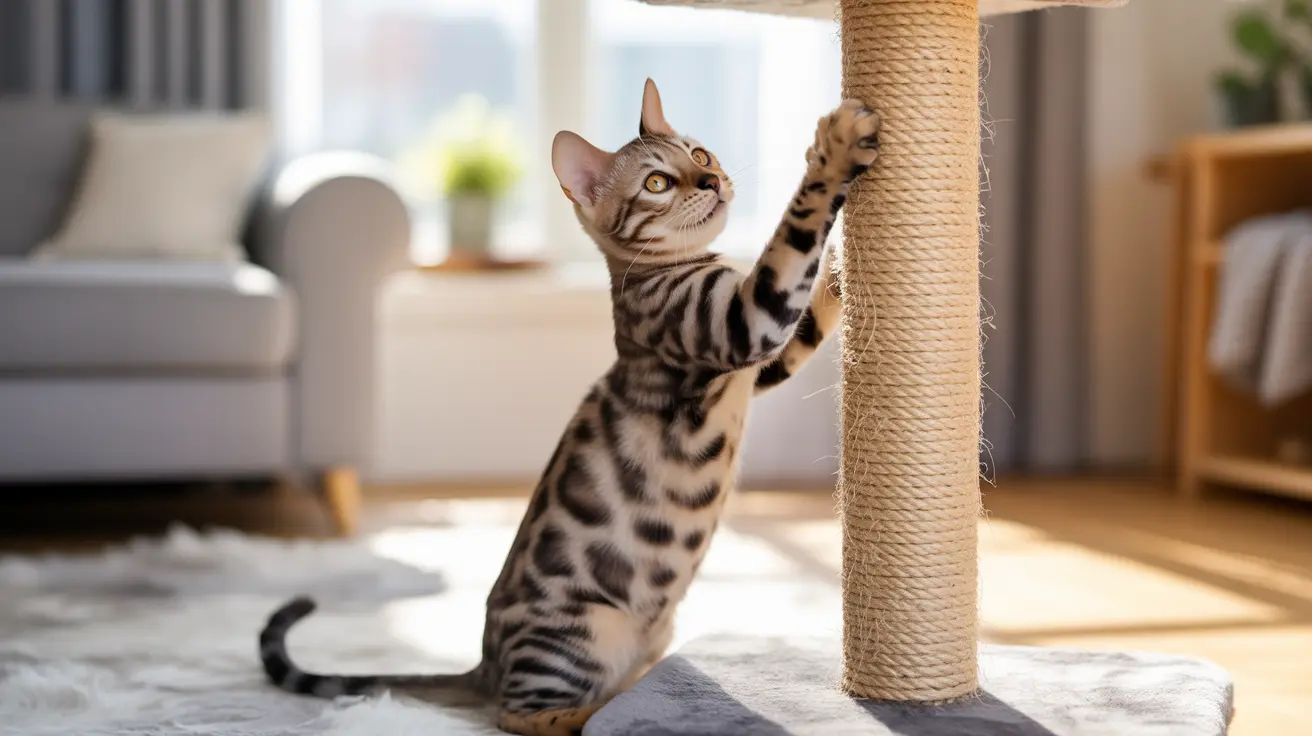Understanding how to discipline a cat effectively requires a blend of patience, consistency, and knowledge of feline behavior. Unlike dogs, cats respond differently to training methods, and using the wrong approach can damage your relationship with your pet. This comprehensive guide will help you understand why cats misbehave and how to correct unwanted behaviors humanely and effectively.
Whether you're dealing with aggressive biting, furniture scratching, or other problematic behaviors, the key lies in positive reinforcement and understanding your cat's natural instincts. Let's explore proven methods to discipline your cat while strengthening your bond.
Understanding Cat Behavior and Motivation
Before implementing any disciplinary measures, it's crucial to understand why cats exhibit certain behaviors. Cats don't act out of spite - their actions are typically driven by natural instincts, fear, stress, or unmet needs.
Many behaviors we consider problematic, such as biting or scratching, are actually normal feline behaviors being expressed inappropriately. The goal is to redirect these natural instincts rather than suppress them entirely.
Effective Disciplinary Techniques That Actually Work
Positive Reinforcement
The most effective way to discipline a cat is through positive reinforcement. Reward desired behaviors with treats, praise, or playtime, while ignoring unwanted behaviors. This method helps your cat associate good behavior with positive outcomes.
Redirection
When your cat displays unwanted behavior, redirect their attention to appropriate alternatives. For example, if they're scratching furniture, guide them to a scratching post. This maintains their natural behaviors while protecting your belongings.
Creating an Enriched Environment
A well-enriched environment can prevent many behavioral issues before they start. Provide your cat with:
- Multiple scratching posts
- Various toys for different types of play
- Elevated perches and hiding spots
- Interactive feeding toys
- Dedicated play sessions daily
Common Mistakes to Avoid
Several traditional disciplinary methods can actually worsen behavioral issues:
- Physical punishment
- Spraying with water
- Loud noises or yelling
- Rubbing their nose in accidents
These approaches create fear and anxiety, potentially leading to more aggressive or defensive behaviors.
Professional Intervention and Medical Considerations
Sometimes, behavioral issues stem from underlying medical conditions. If your cat's behavior changes suddenly or disciplinary measures aren't working, consult a veterinarian to rule out health issues.
Establishing Consistent Boundaries
Cats thrive on routine and clear expectations. Set consistent rules and boundaries, ensuring all family members follow the same guidelines. This clarity helps your cat understand what behaviors are acceptable.
Frequently Asked Questions
How can I stop my cat from biting without using punishment?
Focus on positive reinforcement and redirection. When your cat bites, immediately stop interaction and redirect them to appropriate toys. Reward gentle play and non-aggressive behavior with treats and praise.
What are effective positive reinforcement techniques to discipline a biting cat?
Use clicker training, treat rewards, and praise when your cat displays gentle behavior. Consistently reward calm interactions and appropriate play with toys instead of hands or feet.
How do I recognize the warning signs before my cat bites?
Watch for signs like tail twitching, skin rippling, dilated pupils, flattened ears, or growling. These indicators suggest your cat is overstimulated or uncomfortable and may bite soon.
What role does play and environmental enrichment have in reducing cat biting?
Regular play sessions help reduce pent-up energy and hunting instincts that might otherwise manifest as biting. Environmental enrichment provides outlets for natural behaviors and reduces stress-related aggression.
When should I consult a professional about my cat's aggressive biting behavior?
Seek professional help if biting is severe, frequent, or suddenly increases; if behavior modification techniques aren't working; or if anyone in the household feels unsafe. A veterinarian or certified animal behaviorist can provide specialized guidance.
Remember, disciplining a cat effectively requires patience, consistency, and understanding. Focus on positive reinforcement while avoiding punitive measures, and you'll be well on your way to a harmonious relationship with your feline friend.






